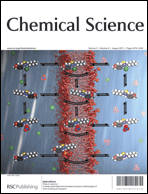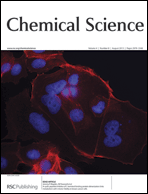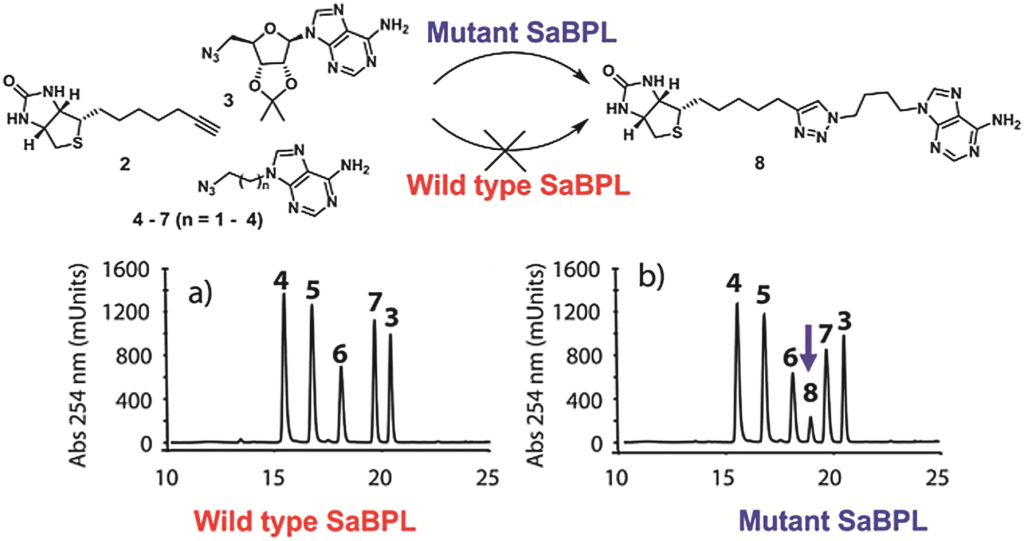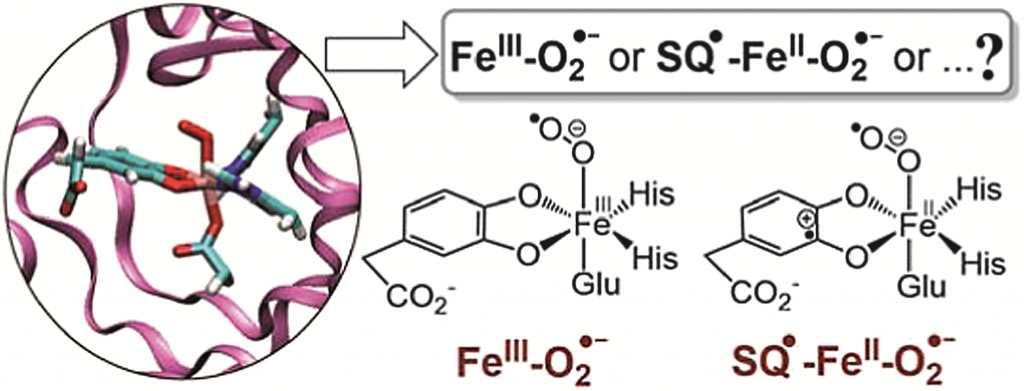
New research shows that a water-soluble catalyst developed by scientists in the US can electrocatalytically transform carbon dioxide into a useful chemical feedstock.
The global demand for fuel is rising, as are carbon dioxide levels in the atmosphere. Recent studies have attempted to address the global carbon imbalance by exploring ways to recycle carbon dioxide into liquid fuels. Formate, the anion of formic acid, is an intermediate of carbon dioxide reduction and can be used as a fuel in formic acid fuel cells. However, the selective production of formate, without using organic solvents, is challenging. Water, being inexpensive and environmentally-friendly, is obviously preferred over organic solvents as a reaction medium. On the other hand, the reduction of carbon dioxide in water is complicated by the reduction of water to hydrogen being a more kinetically favourable process.
Thomas Meyer, Maurice Brookhart and Peng Kang at the University of North Carolina, have designed an iridium pincer catalyst that can selectively reduce carbon dioxide into formate in almost pure water…
Read the full article in Chemistry World
Read the original journal article in Chemical Science:
Selective electrocatalytic reduction of carbon dioxide to formate by a water-soluble iridium pincer catalyst
Peng Kang, Thomas J. Meyer and Maurice Brookhart
Chem. Sci., 2013, Advance Article
DOI: 10.1039/C3SC51339D











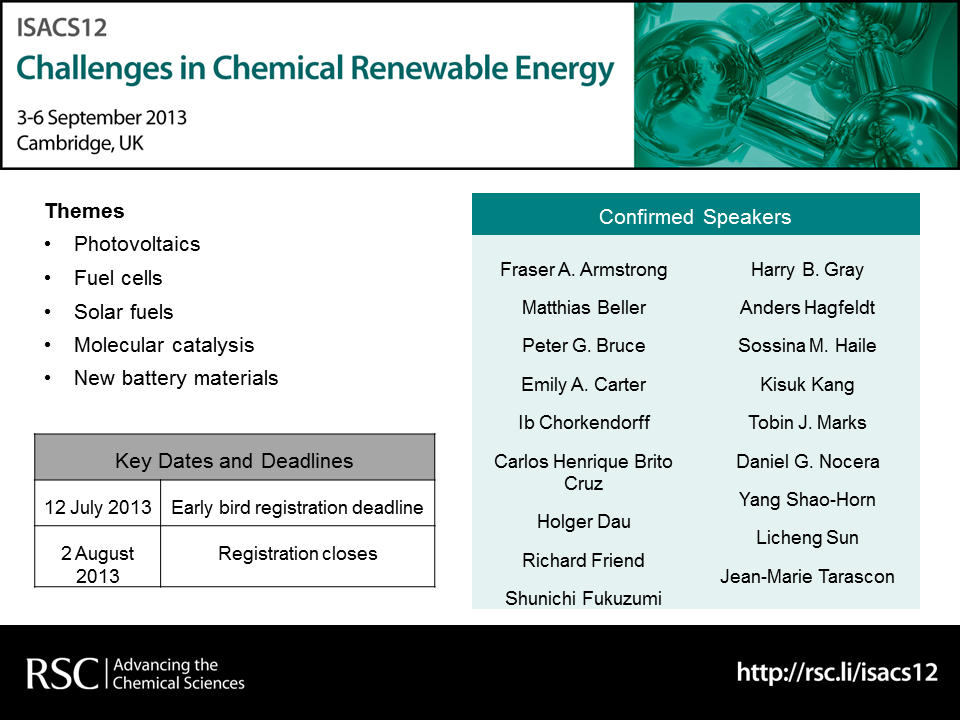
 Scientists from the UK and Germany have developed
Scientists from the UK and Germany have developed 